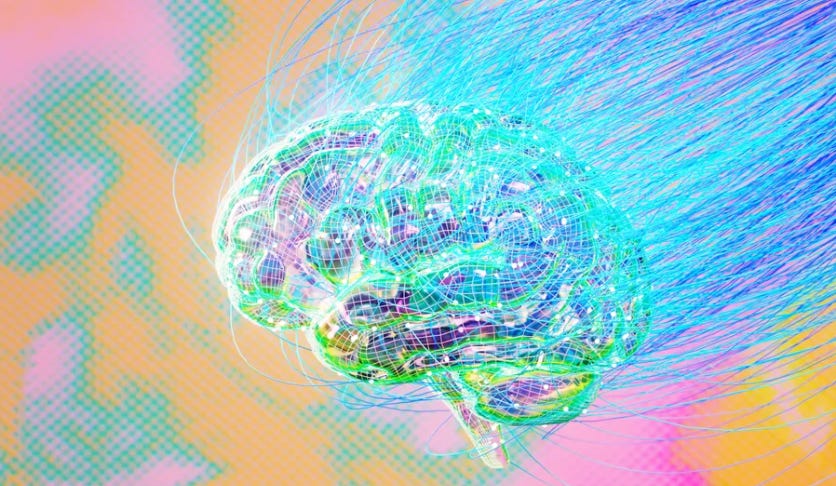The new reasoning AI, called a hierarchical reasoning model (HRM), is inspired by the hierarchical and multi-timescale processing in the human brain — the way different brain regions integrate information over varying durations (from milliseconds to minutes).
Scientists at Sapient, an AI company in Singapore, say this reasoning model can achieve better performance and can work more efficiently. This is thanks to the model requiring fewer parameters and training examples.
The HRM model has 27 million parameters while using 1,000 training samples, the scientists said in a study uploaded June 26 to the preprint arXiv database (which has yet to be peer-reviewed). In comparison, most advanced LLMs have billions or even trillions of parameters.
When the researchers tested HRM in the ARC-AGI benchmark — a notoriously tough examination that aims to test how close models are to achieving artificial general intelligence (AGI) — the system achieved impressive results, according to the study.
HRM scored 40.3% in ARC-AGI-1, compared with 34.5% for OpenAI's o3-mini-high, 21.2% for Anthropic's Claude 3.7 and 15.8% for Deepseek R1. In the tougher ARC-AGI-2 test, HRM scored 5% versus o3-mini-high's 3%, Deepseek R1's 1.3% and Claude 3.7's 0.9%.
Read more | LIVE SCIENCE

